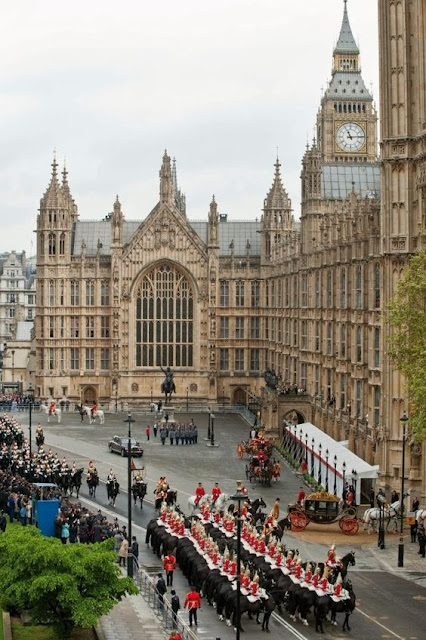Wednesday, August 31, 2016
The Hessian grand ducal family. The young woman standing to the right is Princess Marie of Hesse, later Empress Maria Alexandrovna of Russia.
 |
| Princess Marie of Greece and Grand Duke Georgiy Mikhailovich with family around the time of their engagement. |
King Jigme Khesar Namgyal Wangchuck
Tuesday, August 16, 2016
Princess Eugenie of York
Queen Mary's Car
King George V sweeping away the German titles from his family.
Thursday, August 11, 2016
Great Imperial Crown of Russia
Great Imperial Crown of the Russian Empire was made for the coronation of Catherine II in 1762, by jewellers Georg-Friedrich, who made the sketches and frame, and Jeremy Posier (Jeremiah Petrovich in Russian), who engaged in selection of stones. The commissioner of the crown - Catherine II - gave the jewellers only one condition: The crown was to weigh no more than 5 pounds (2 kilograms).
The masterpiece was created in just two months. It was the most famous crown of the Russian Empire before the revolution, and symbolized the supreme power in Russia. After the October Revolution, the Bolshevik government sought loans and turned to Michael Collins, the Irish finance minister. Crown Jewels were used as collateral for loans of the Soviet republic of 25,000 dollars. The transfer of money was carried out in New York, between the Soviet ambassador in America and Irish ambassador to the U.S., Harry Boland. After returning to Ireland, Boland stored the jewels in the house of his mother - Kathleen Boland O'Donovan, who lived in Dublin. The entire period of the Irish War of Independence, the jewels were stored in the house of Boland’s mother. Ms. Boland O'Donovan gave the jewels to the future president of the Republic of Ireland, Eamon de Valera, in 1938.
The jewels were then stored in the vaults of government buildings and for a time forgotten. In 1948, the jewels were found and the new government of Ireland, lead by John A. Costello, decided to sell the collateral crown jewels of Russia at a public auction in London. However, after consultation concerning the legal status of collateral values and negotiations with the Soviet ambassador, the decision to sell was canceled. Values were to be returned to the Soviet Union in exchange for the sum of $ 25,000, the original loan issued in 1920. Jewelry returned to Moscow in 1950. This crown crowned as emperor, all subsequent emperors after Catherine II of Russia.
Subscribe to:
Comments (Atom)









































